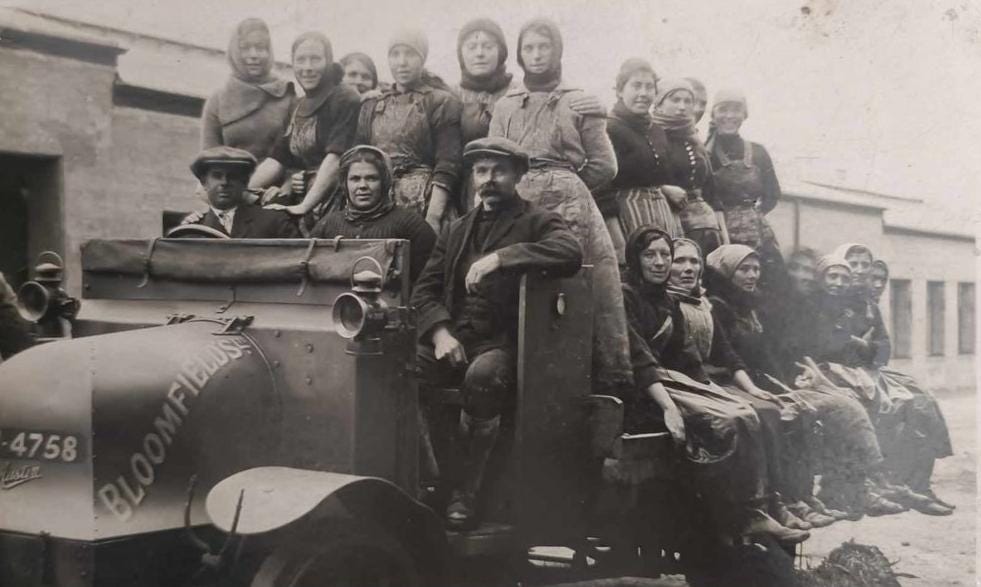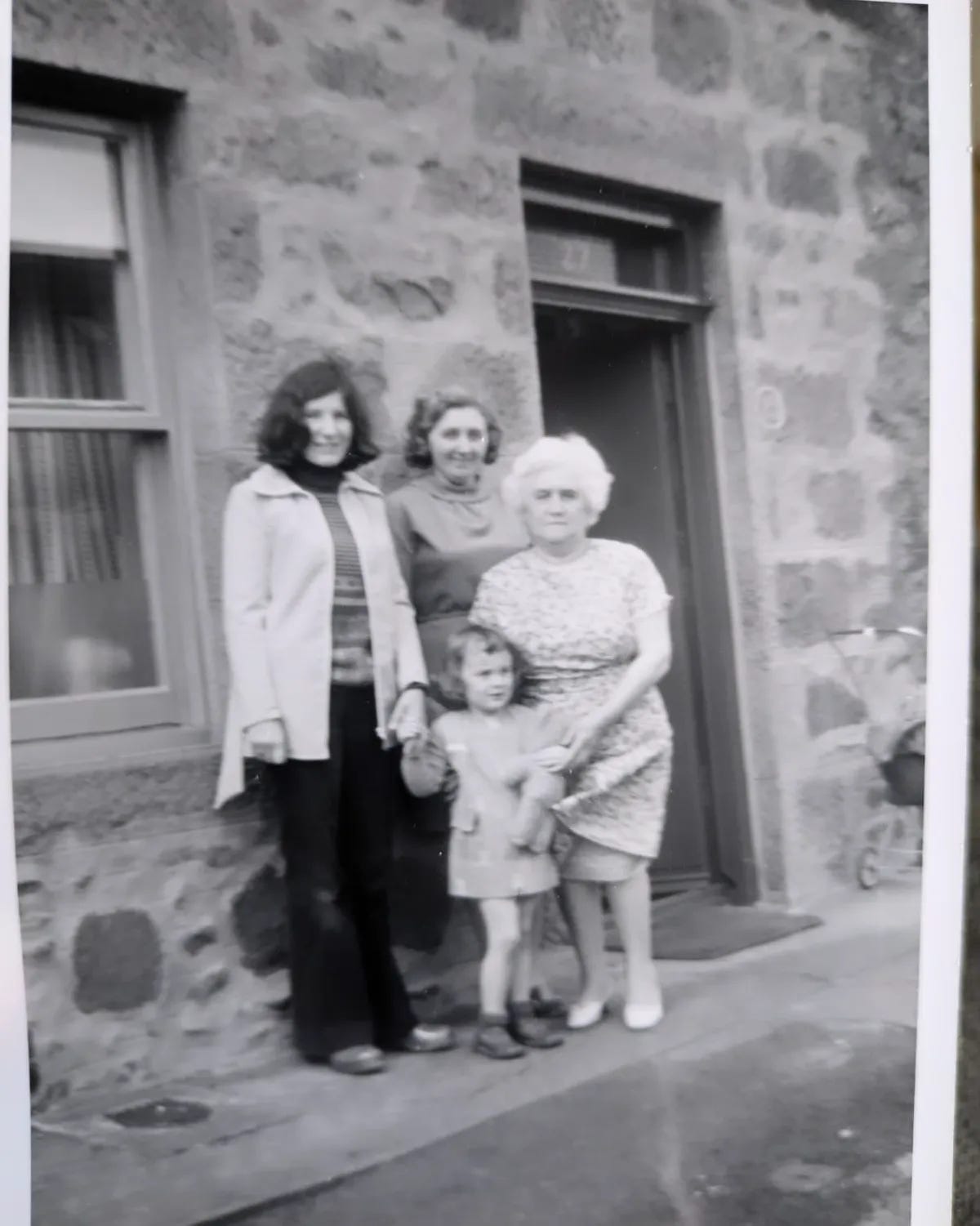Warning: this week’s Wonderstruck is all about food so for peak enjoyment I recommend you pause right here and go and fetch yourself something nice to munch on while you read. A piece of golden toast, dripping with butter perhaps, or a slice of cake and a cuppa, or maybe a chunk of cheese and a baguette…
OK, now that I’ve got your tastebuds tingling, let’s dive in!
I have always loved food but to be honest, my love has been mainly confined to the eating of it and I’ve never really given much thought to the history behind what’s on my plate.
That is, until this year, when I decided to write a World War 2 novel centering around a French pastry chef.
I had this dream of creating a story that had all the intrigue of a spy thriller, the bravery of a Resistance adventure, and was filled with mouthwatering descriptions of pastries and bread (it probably comes as no surprise that I was living in France and frequenting boulangeries on a daily basis when I had this idea!)
And so The Resistance Bakery was born.
This time, when I began my research, I didn’t just look up World War 2 events, I trawled the internet for as many pastry recipes as I could find, and in doing so I started coming across the origin stories of the cakes and some of them were truly fascinating.
You might remember me writing about the happy accident that led to the tarte tatin in a previous edition of Wonderstruck, titled ‘Is your life an upside down tart?’ (if not, you can read it here).
As soon as I learned the rich backstories behind so many French pastries I knew I had to weave them into the novel.
For example, did you know that baguettes were originally known as ‘the bread of equality’?
After the French Revolution it was ruled that “richness and poverty must both disappear from the government of equality. It will no longer make a bread of wheat for the rich and a bread of bran for the poor. All bakers will be held, under the penalty of imprisonment, to make only one type of bread: The Bread of Equality.”
And so the baguette was born. Made from a lean dough and able to be baked in large batches, baguettes were affordable for everyone. And still are to this day.
One of the things I love most about my time spent in France is being able to get fresh bread every day for just a euro and I loved the ritual of going to the boulangerie every morning and inhaling the aroma of freshly baked bread.
For the past couple of weeks I’ve been in Aberdeen, Scotland, which is where my grandparents on my mum’s side of the family were from.
I hadn’t been here since I was 13, on the last family holiday we took before my parents’ marriage imploded and nothing was ever the same again. Including me.
I didn’t want to come on that holiday. At 13, I thought I was more than old enough to be left home alone in London to hang out with my friends.
For some strange reason my parents disagreed.
And so my abiding memory from that holiday is mooching around in my FRANKIE SAY RELAX t-shirt, peering out glumly from beneath my long, dyed red fringe.
But one very fond memory I had from Aberdeen was - surprise, surprise - food. And more specifically a salty, buttery breakfast roll traditional to the city, called rowies.
The first day I got here, a couple of weeks ago, I set off in search of some.
I wasn’t even sure if they were still made, and when I got to my local bakery I was sure I was going to be disappointed as I couldn’t see anything resembling rowies on the shelves.
I told the guy serving me that I had this childhood memory of these rolls that were so delicious and salty and buttery, I might have dreamed them up.
He laughed and said, no, I hadn’t been dreaming, and then produced a huge tray of them from behind the counter!
I returned to my airbnb with a brown paper bag full of rowies and what followed was so buttery it put the croissant to shame.
Because of my experience writing The Resistance Bakery, I felt intrigued to discover the story behind the rowie, so while I was eating I gave them a quick google.
It turns out that when rowies were first created back in the 1880s, they were made with a deliberately high fat content, to sustain the city’s fishermen for a day at sea. The high fat content also meant that they would keep for longer than traditional rolls - also useful for long periods at sea.
Learning this added a whole new dimension to my eating experience. And as I finished my breakfast I pictured fishermen from yesteryear wolfing them down before heading off to their boats.
This felt particularly meaningful to me because my great, great grandfather worked in the fishing industry back in the day in Aberdeen. Here he is with his posse of fisherwomen who canned the fish after they’d been caught…
And here I am, on my first visit to Aberdeen, in Foot Dee, the fishing village where he used to live, with my best mate at the time, Yellow Ted…
And here I am revisiting the cottage on my current trip, and enjoying the Aberdeen summer weather!


One thing I’ve realised this year is that learning about the history of food really adds depth to your eating experience - conjuring stories and images with every mouthful.
I hope this week’s Wonderstruck inspires you to do some research of your own. If there’s something you especially like to eat, why not give it a google and see if it has an interesting origin story (and please feel free to share it with me!)
If you’re interested in learning more fascinating food stories, woven into an action-packed plot about World War 2 spies, the Paris Resistance and a little side-order of forbidden love, you can pre-order my novel, The Resistance Bakery, now for just £1.99 / $3.99 on Amazon here. HUGE thanks if you do as pre-orders can really help a book get off to a great start!
Until next week, happy eating!
Siobhan








Wonderful post of past and present! You look cold!!! Congratulations on your newest book!
What a privilege to have a photo of your great great grandfather